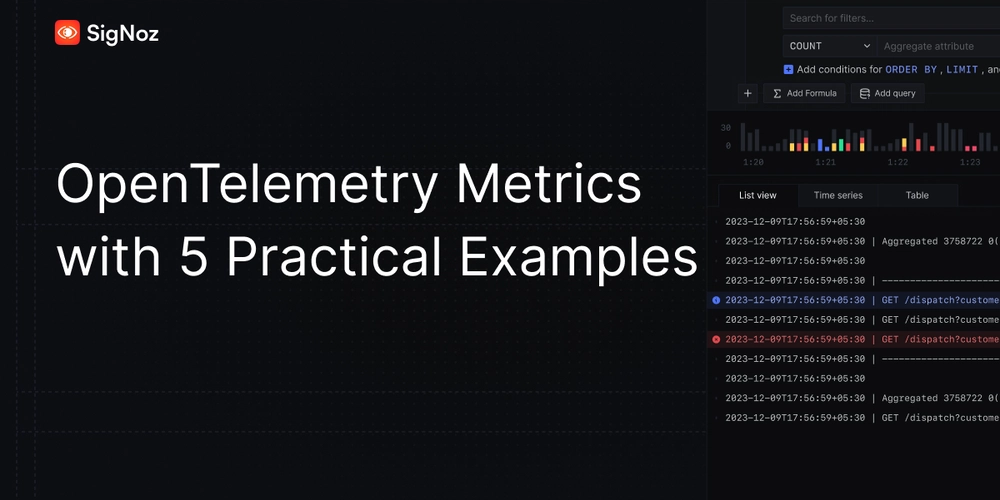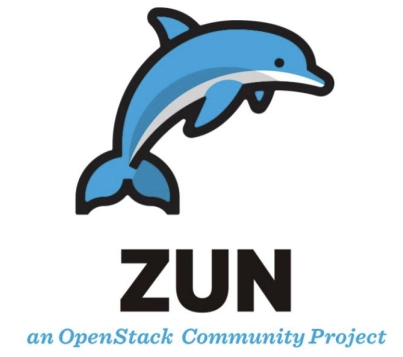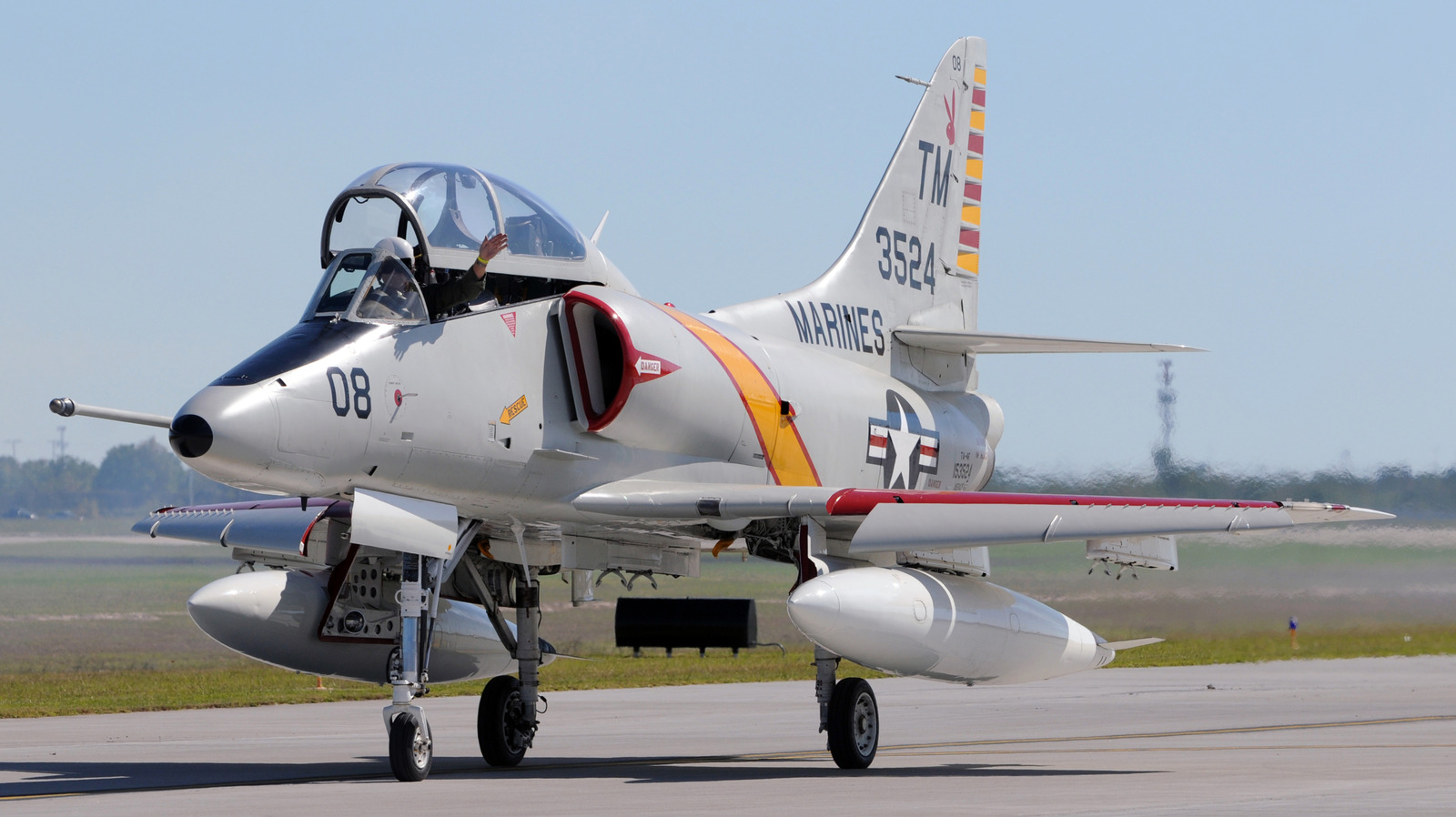# Mastering Terminal Commands: A Cross-Platform Guide for macOS, Windows, and Linux
The terminal is a developer’s best friend. Whether you’re automating tasks, managing files, or debugging applications, knowing how to navigate and use the terminal efficiently is a must. However, each operating system—macOS, Windows, and Linux—has its own terminal environment and command syntax. In this blog post, we’ll explore the essential terminal commands for each platform, highlighting their similarities and differences. By the end, you’ll be equipped to work seamlessly across all three! 1. macOS Terminal Commands macOS is built on Unix, so its terminal commands are very similar to Linux. The default shell is bash or zsh (starting from macOS Catalina). Basic Commands: Navigate Directories: cd /path/to/directory # Change directory pwd # Print working directory ls # List files and directories ls -l # List in long format File Operations: touch file.txt # Create an empty file mkdir folder # Create a directory cp file.txt newfile.txt # Copy a file mv file.txt newlocation/ # Move a file rm file.txt # Delete a file rm -r folder # Delete a directory recursively System Information: uname -a # Display system information df -h # Show disk usage top # Display running processes Networking: ping google.com # Ping a website ifconfig # Display network interfaces 2. Windows Command Prompt and PowerShell Windows has two primary terminal environments: the Command Prompt (cmd) and PowerShell. PowerShell is more powerful and is recommended for modern development. Command Prompt (cmd): Navigate Directories: cd \path\to\directory # Change directory dir # List files and directories File Operations: echo. > file.txt # Create an empty file mkdir folder # Create a directory copy file.txt newfile.txt # Copy a file move file.txt newlocation\ # Move a file del file.txt # Delete a file rmdir folder # Delete a directory System Information: systeminfo # Display system information tasklist # List running processes Networking: ping google.com # Ping a website ipconfig # Display network interfaces PowerShell: Navigate Directories: cd \path\to\directory # Change directory Get-ChildItem # List files and directories File Operations: New-Item file.txt # Create an empty file New-Item -ItemType Directory folder # Create a directory Copy-Item file.txt newfile.txt # Copy a file Move-Item file.txt newlocation\ # Move a file Remove-Item file.txt # Delete a file Remove-Item -Recurse folder # Delete a directory System Information: Get-Process # List running processes Get-Service # List services Networking: Test-NetConnection google.com # Ping a website Get-NetIPConfiguration # Display network interfaces 3. Linux Terminal Commands Linux is the most developer-friendly OS when it comes to terminal usage. The default shell is usually bash. Basic Commands: Navigate Directories: cd /path/to/directory # Change directory pwd # Print working directory ls # List files and directories ls -l # List in long format File Operations: touch file.txt # Create an empty file mkdir folder # Create a directory cp file.txt newfile.txt # Copy a file mv file.txt newlocation/ # Move a file rm file.txt # Delete a file rm -r folder # Delete a directory recursively System Information: uname -a # Display system information df -h # Show disk usage top # Display running processes Networking: ping google.com # Ping a website ifconfig # Display network interfaces Cross-Platform Tips While the commands differ slightly, the concepts remain the same. Here are some tips for working across platforms: Use Cross-Platform Tools: Tools like Git Bash (Windows) or Windows Subsystem for Linux (WSL) allow you to use Linux-like commands on Windows. Learn Shell Scripting: Writing shell scripts can help automate tasks across platforms. Leverage Package Managers: macOS: Homebrew (brew install package) Linux: apt (Debian/Ubuntu) or yum (CentOS/Fedora) Windows: Chocolatey (choco install package) Use SSH for Remote Access: SSH is available on all platforms and is essential for remote server management. Conclusion Mastering terminal commands is a superpower for developers. Whether you’re working on macOS, Windows, or Linux, understan

The terminal is a developer’s best friend. Whether you’re automating tasks, managing files, or debugging applications, knowing how to navigate and use the terminal efficiently is a must. However, each operating system—macOS, Windows, and Linux—has its own terminal environment and command syntax.
In this blog post, we’ll explore the essential terminal commands for each platform, highlighting their similarities and differences. By the end, you’ll be equipped to work seamlessly across all three!
1. macOS Terminal Commands
macOS is built on Unix, so its terminal commands are very similar to Linux. The default shell is bash or zsh (starting from macOS Catalina).
Basic Commands:
- Navigate Directories:
cd /path/to/directory # Change directory
pwd # Print working directory
ls # List files and directories
ls -l # List in long format
- File Operations:
touch file.txt # Create an empty file
mkdir folder # Create a directory
cp file.txt newfile.txt # Copy a file
mv file.txt newlocation/ # Move a file
rm file.txt # Delete a file
rm -r folder # Delete a directory recursively
- System Information:
uname -a # Display system information
df -h # Show disk usage
top # Display running processes
- Networking:
ping google.com # Ping a website
ifconfig # Display network interfaces
2. Windows Command Prompt and PowerShell
Windows has two primary terminal environments: the Command Prompt (cmd) and PowerShell. PowerShell is more powerful and is recommended for modern development.
Command Prompt (cmd):
- Navigate Directories:
cd \path\to\directory # Change directory
dir # List files and directories
- File Operations:
echo. > file.txt # Create an empty file
mkdir folder # Create a directory
copy file.txt newfile.txt # Copy a file
move file.txt newlocation\ # Move a file
del file.txt # Delete a file
rmdir folder # Delete a directory
- System Information:
systeminfo # Display system information
tasklist # List running processes
- Networking:
ping google.com # Ping a website
ipconfig # Display network interfaces
PowerShell:
- Navigate Directories:
cd \path\to\directory # Change directory
Get-ChildItem # List files and directories
- File Operations:
New-Item file.txt # Create an empty file
New-Item -ItemType Directory folder # Create a directory
Copy-Item file.txt newfile.txt # Copy a file
Move-Item file.txt newlocation\ # Move a file
Remove-Item file.txt # Delete a file
Remove-Item -Recurse folder # Delete a directory
- System Information:
Get-Process # List running processes
Get-Service # List services
- Networking:
Test-NetConnection google.com # Ping a website
Get-NetIPConfiguration # Display network interfaces
3. Linux Terminal Commands
Linux is the most developer-friendly OS when it comes to terminal usage. The default shell is usually bash.
Basic Commands:
- Navigate Directories:
cd /path/to/directory # Change directory
pwd # Print working directory
ls # List files and directories
ls -l # List in long format
- File Operations:
touch file.txt # Create an empty file
mkdir folder # Create a directory
cp file.txt newfile.txt # Copy a file
mv file.txt newlocation/ # Move a file
rm file.txt # Delete a file
rm -r folder # Delete a directory recursively
- System Information:
uname -a # Display system information
df -h # Show disk usage
top # Display running processes
- Networking:
ping google.com # Ping a website
ifconfig # Display network interfaces
Cross-Platform Tips
While the commands differ slightly, the concepts remain the same. Here are some tips for working across platforms:
Use Cross-Platform Tools:
Tools like Git Bash (Windows) or Windows Subsystem for Linux (WSL) allow you to use Linux-like commands on Windows.Learn Shell Scripting:
Writing shell scripts can help automate tasks across platforms.-
Leverage Package Managers:
- macOS: Homebrew (
brew install package) - Linux: apt (Debian/Ubuntu) or yum (CentOS/Fedora)
- Windows: Chocolatey (
choco install package)
- macOS: Homebrew (
Use SSH for Remote Access:
SSH is available on all platforms and is essential for remote server management.
Conclusion
Mastering terminal commands is a superpower for developers. Whether you’re working on macOS, Windows, or Linux, understanding the nuances of each platform’s terminal will make you more efficient and versatile.
What’s your favorite terminal command or trick? Share it in the comments below!










































































































































































![[The AI Show Episode 142]: ChatGPT’s New Image Generator, Studio Ghibli Craze and Backlash, Gemini 2.5, OpenAI Academy, 4o Updates, Vibe Marketing & xAI Acquires X](https://www.marketingaiinstitute.com/hubfs/ep%20142%20cover.png)



























































































































![[DEALS] The Premium Learn to Code Certification Bundle (97% off) & Other Deals Up To 98% Off – Offers End Soon!](https://www.javacodegeeks.com/wp-content/uploads/2012/12/jcg-logo.jpg)


![From drop-out to software architect with Jason Lengstorf [Podcast #167]](https://cdn.hashnode.com/res/hashnode/image/upload/v1743796461357/f3d19cd7-e6f5-4d7c-8bfc-eb974bc8da68.png?#)








































































































.png?#)





.jpg?#)
















![iPhone 17 Pro Won't Feature Two-Toned Back [Gurman]](https://www.iclarified.com/images/news/96944/96944/96944-640.jpg)












_Christophe_Coat_Alamy.jpg?#)
 (1).webp?#)





































































































![Tariffs Threaten Apple's $999 iPhone Price Point in the U.S. [Gurman]](https://www.iclarified.com/images/news/96943/96943/96943-640.jpg)








































































































































